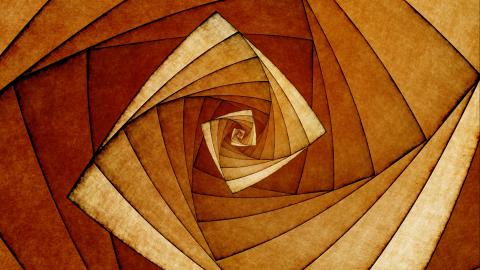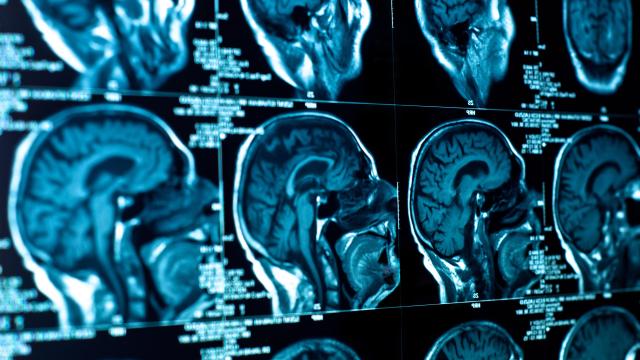Is Mathematics Behind Our Attraction to Beauty?

What’s the Latest Development?
When looking at something that has been dubbed art, we often feel a keen sense of attraction or repulsion (while the uninitiated may feel nothing at all), but putting those feelings into words is a very difficult task. Nonetheless, our physical proximity to beauty has very concrete consequences: “Last year, German researchers found that just glancing at shades of green can boost creativity and motivation. … In studies of call centers, for example, workers who could see the outdoors completed tasks 6 to 7 percent more efficiently than those who couldn’t, generating an annual savings of nearly $3,000 per employee.”
What’s the Big Idea?
It may be that our experience of beauty relates most strongly to mathematical language, which may explain why we have difficulty expressing it in words. Certain patterns found commonly in nature, and subsequently in human designs, appear to have universal appeal. “Natural fractals—irregular, self-similar geometry—occur virtually everywhere in nature: in coastlines and riverways, in snowflakes and leaf veins, even in our own lungs. In recent years, physicists have found that people invariably prefer a certain mathematical density of fractals—not too thick, not too sparse.”
Photo credit: Shutterstock.com





